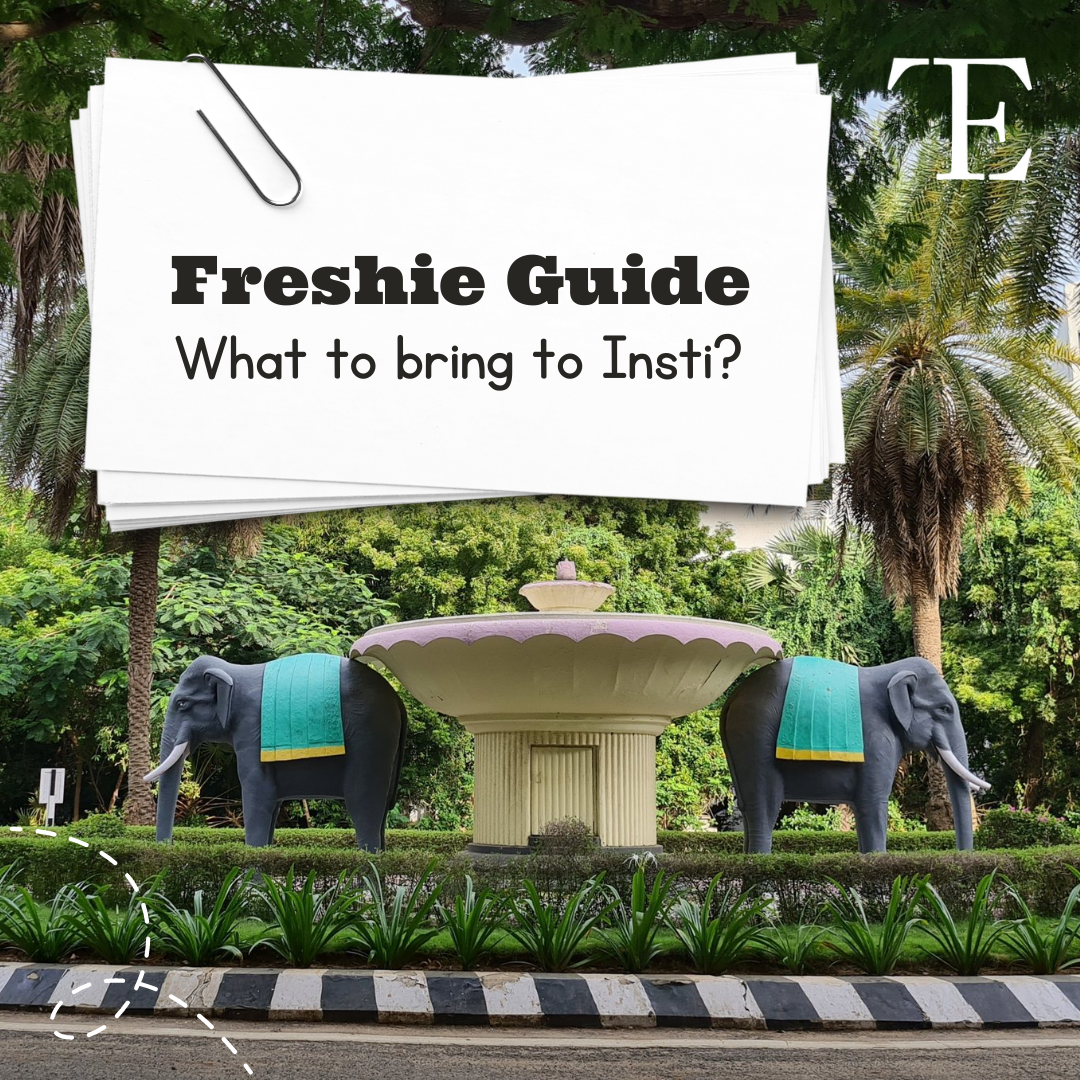I’m Siddheshwar Patri, better known as Bob, doing my final year of B.Tech in Naval Architecture and Ocean Engineering. My hobbies include reading books and watching movies, and I try to play a different sport every semester. I did my summer internship at Ernst & Young.
About the internship
Ernst and Young, EY in short, is one of the big four accountancy firms. I interned in their business consultancy division which is known as BAS (Business Advisory Services) in Bangalore. The office is located in UB City, one of the very affluent malls in the city. The EY office is spread over 2 floors which houses its various divisions – BAS, TAS (Transaction Advisory Services), RAS (Risk Advisory Services), Tax Auditing and others. I got this internship by applying off campus, as EY does not come to IIT Madras to recruit interns.
Experience
The team I worked in takes up projects which typically last anywhere between 2-3 months to 6-8 months. It had around 8 people who were permanent employees of the firm and around 3 to 4 interns assisting them over the summer. Multiple projects are active at any given point and are in different stages.
I worked on many projects during my internship. One involved doing a market study for a wi-fi hotspot service provider and formulating a business framework for their operations. Another made a market assessment of the shipbuilding industry and benchmarking of shipyards around the world to identify the best practices in place. A third project involved the study of consulting opportunity in the cold storage industry.
The kind of work that went into each of the above mentioned projects differed based on what the end goals were. A typical market study involves calling up people, studying the various reports that are published by market analysts etc. Calling up people who are working in the field of interest and collecting information that gives an idea of how the segment works and what the finer details are is commonly referred to as ‘primary research’. Secondary research involves studying the published reports to see the trend that existed in the market. The main objective is to identify the key drivers of the segment so as to forecast the market outlook for it.
Formulation of business framework encompasses various sections like the structure of the organization which is best suited for the industry, the financial model that the client could use, how the balance sheet will look like in the near future if the project is for a client looking to enter a new market, the various terms and conditions the client has to keep in mind while entering into an agreement with a third party, and also recommendations from the firm (EY) which will enhance the output of the company seeking consulting services.
One of the best things about EY is the culture at the workplace. The office has a hot desk policy and anyone is allowed to sit anywhere. People in the office are extremely friendly and are very open to ideas that even an intern has to contribute. The bonding within the team is strong and it is one of the major factors which made this whole experience a very memorable one.
From the point of view of learning, a consulting firm has a lot to offer. One gets to work on projects for various and totally independent industries. In the end the sum total of all that you have learned deeply enriches your understanding, experience and in many cases the interest in a particular segment too.
Regarding future plans, I would love to continue in the consulting division if I get a chance to do so.
More useful stuff:
A typical consulting assignment goes through various phases such as business development, client interface, market research and analysis and the final recommendations along with other deliverables. The cycle kicks off with business development, where EY identifies potential targets and builds a proposal to take up their project. This is followed by the client interface wherein the idea and the proposal are pitched to the client, the requirements of the project are clearly defined and an agreement is reached. Market research and analysis that follows includes ‘primary research’ – a direct interaction with the industry experts, ‘secondary research’ – a study of the trends in the industry from the reports published by market analysts and finally the ‘analysis and forecasts’ – to predict the future outlook for the industry. The final recommendations and deliverables encompass organizational structuring best suited for the company, financial modeling highlighting the balance sheets, cash flow etc, legal terms and conditions for any third party agreement and finally the business model to achieve the required targets.
Each stage has its own lessons for an intern. The market research and analysis broadens the understanding of the industry and also gives key insights as to how the segment functions out there in the real world. One gets to learn how various parameters affect the functioning of an organization while developing a financial and a business model.



